In the blink of an eye, the world has transformed, introducing innovations that have reshaped every facet of our lives. From how we communicate and commute to how we work and unwind, the cultural landscape is unrecognizable from three decades ago.
Smartphones

Just over three decades ago, the idea of carrying a powerful computer in your pocket was the stuff of science fiction. Today, smartphones are ubiquitous, serving as our primary tool for communication, entertainment, and information. They have revolutionized how we live, work, and connect with others.
Social Media

Social media platforms, which now dictate much of our online interaction, were non-existent. What began as simple networking sites has morphed into complex digital landscapes where billions share, debate, and create content. These platforms have reshaped public discourse, marketing, and even politics.
Streaming Services

Before, streaming movies and music from the internet without owning a physical copy was unimaginable. Now, services like Netflix, Spotify, and countless others have changed the entertainment industry, making media consumption more accessible.
Electric Cars
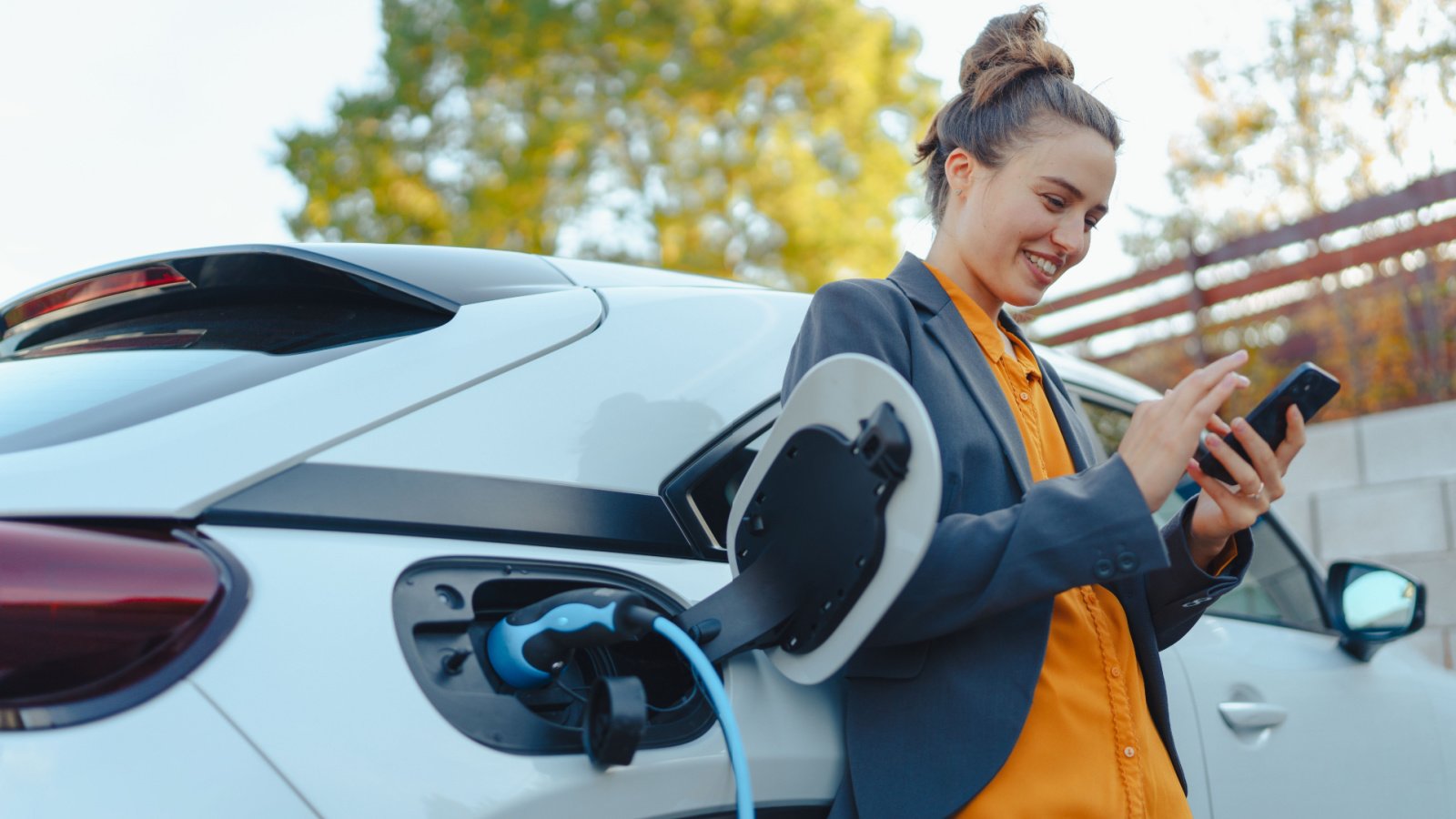
While electric vehicles (EVs) existed in basic forms, the modern, high-performance EVs we know today were not around. Companies like Tesla have pushed the boundaries of what electric cars can do, making them a viable and desirable alternative to traditional vehicles.
Wi-Fi

The convenience of accessing the internet wirelessly was a distant dream 30 years ago. Introduced in the late 1990s, Wi-Fi has become a fundamental technology that powers our connected world, allowing for mobility and flexibility in internet use.
GPS Navigation

The Global Positioning System (GPS) existed but was not widely available for civilian use until the late 1990s. Today, GPS navigation is a staple in our lives, guiding us on our travels and powering numerous applications that require precise location data.
Online Shopping

The ability to purchase goods online and have them delivered to your doorstep was a novel concept. E-commerce giants like Amazon have transformed the retail landscape, making online shopping a routine part of consumer behavior.
Wearable Technology

Wearable tech, such as smartwatches and fitness trackers, were not part of everyday attire. These devices have since become popular for their ability to monitor health, track activity, and even manage notifications from your smartphone.
Digital Assistants

Voice-activated digital assistants like Siri, Alexa, and Google Assistant, which can control smart devices, answer queries, and manage schedules, were unheard of. They represent a significant leap in artificial intelligence, making technology more integrated into our daily lives.
3D Printing

The widespread use of 3D printing technology, capable of creating physical objects from digital designs, was not available. It has since revolutionized manufacturing, healthcare, and even food industries by enabling rapid prototyping and customization.
Cloud Computing

The concept of storing data and running applications on remote servers, accessible from anywhere, was in its infancy. Cloud computing has since become a cornerstone of modern IT, offering scalability, efficiency, and flexibility in data management and software use.
Cryptocurrencies

Digital or cryptocurrencies like Bitcoin, which operate independently of a central bank, were not on the radar. These digital currencies have introduced a novel approach to finance, challenging traditional banking and monetary systems.
Ridesharing Apps

The idea of summoning a ride from your phone with mobile apps like Uber or Lyft was far from reality. Ridesharing has changed how we commute and impacted urban mobility and the taxi industry.
Tablet Computers

While tablet-like devices existed, the modern tablet computer that combines the functionality of a laptop with the portability of a smartphone was not around. Tablets have carved out a niche for themselves, offering a unique blend of convenience and capability.
E-books and E-readers

Reading books digitally on devices like the Kindle was once a futuristic idea. E-books and e-readers have made literature more accessible, allowing readers to carry entire libraries in their hands.
Drone Technology
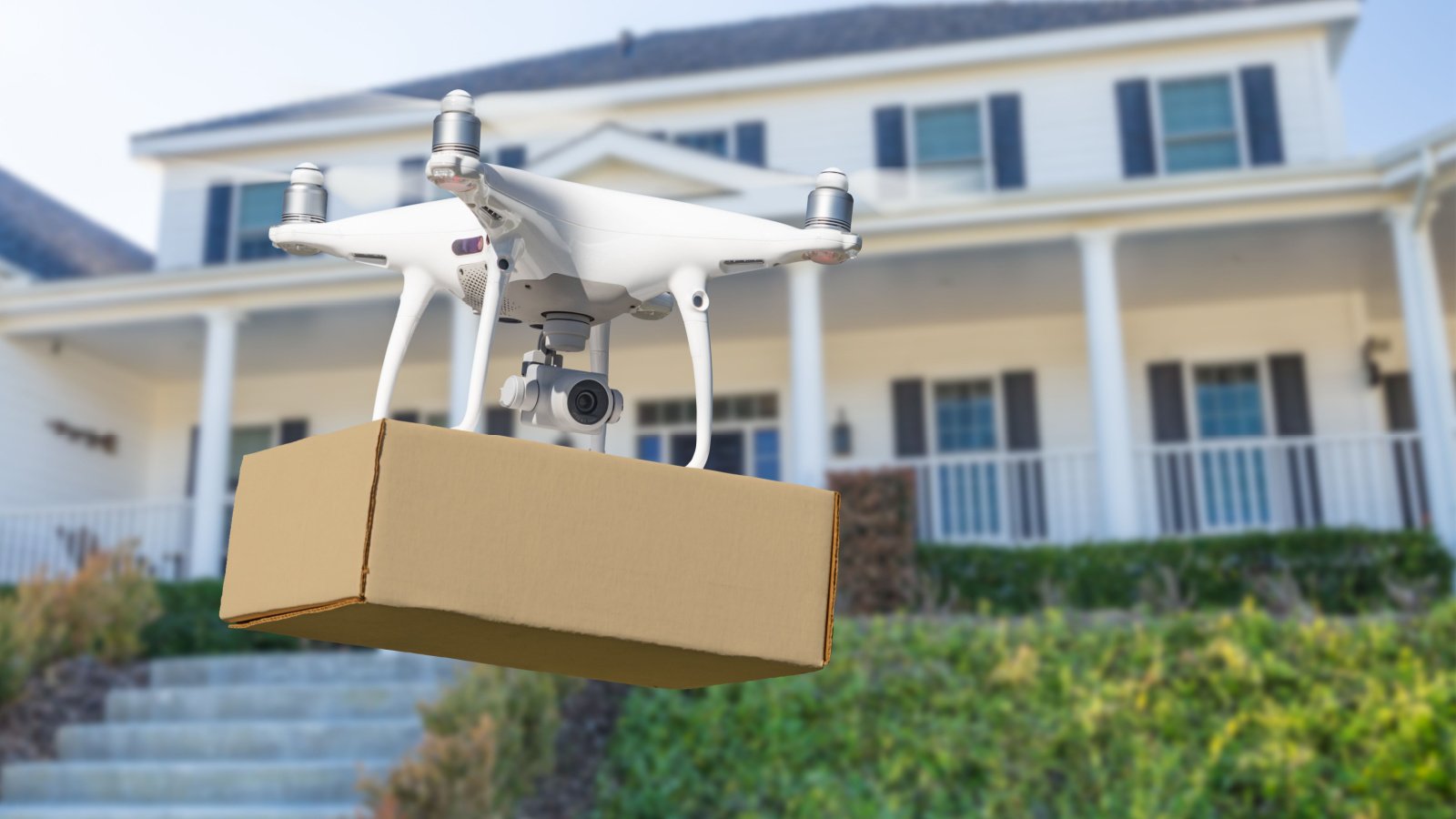
Drones, especially for civilian use, including photography, surveillance, and recreational flying, were not in the public domain. Today, drones have found applications in countless fields, from agriculture to film-making.
Social Networking for Professionals
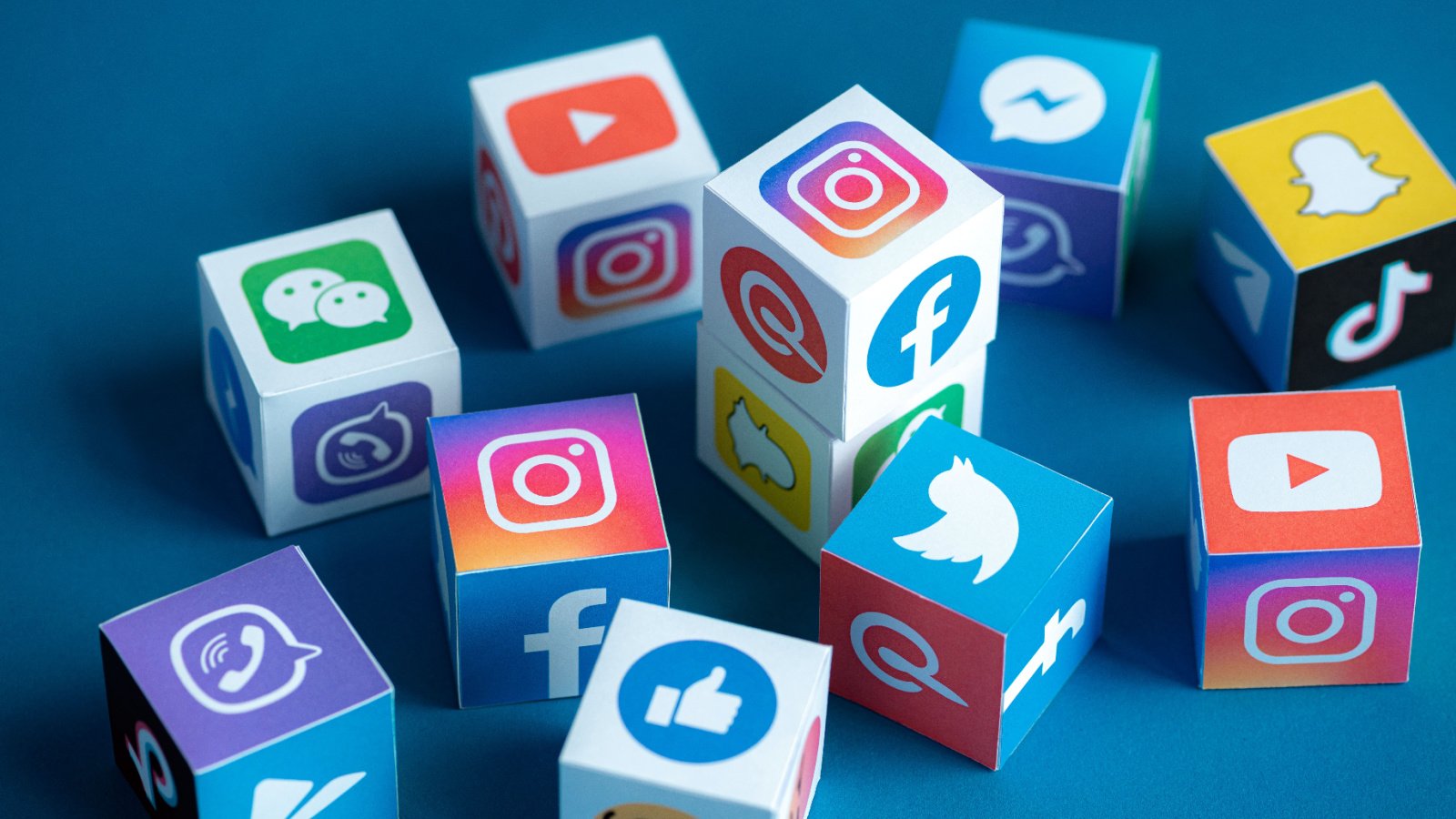
Professional networking platforms like LinkedIn, which connect the workforce globally, didn’t exist. These platforms have redefined job searching, recruitment, networking, and professional development.
High-Definition Televisions (HDTVs)

The crystal-clear images of high-definition television were a significant upgrade from the standard definition broadcasts of the past. HDTVs have transformed the viewing experience, setting new standards for visual media quality.
Action Cameras

Compact, durable cameras like GoPros, designed for capturing action-packed moments, were not on the market. These cameras have popularized first-person video capturing, bringing viewers into the heart of the action.
Music Streaming Platforms

Streaming music from the internet without downloading files was a game-changer. Music streaming platforms have reshaped the music industry, making it easier for artists to reach their audience and for listeners to discover new music.
Crowdfunding Platforms

Crowdfunding websites that allow individuals to fund projects or ventures in exchange for rewards or equity were a novel approach to raising capital. These platforms have democratized funding, enabling entrepreneurs and creatives to bypass traditional financing routes.
Electric Bicycles

Electric bicycles that assist the rider’s pedal power were not as refined or popular. Today, e-bikes offer a sustainable alternative to motor vehicles for short commutes and recreational use, gaining popularity worldwide.
Smart Home Devices

The concept of remotely controlling your home’s lighting, heating, and security systems was futuristic. Smart home technology has since made homes more comfortable, energy-efficient, and secure.
Virtual Reality (VR)
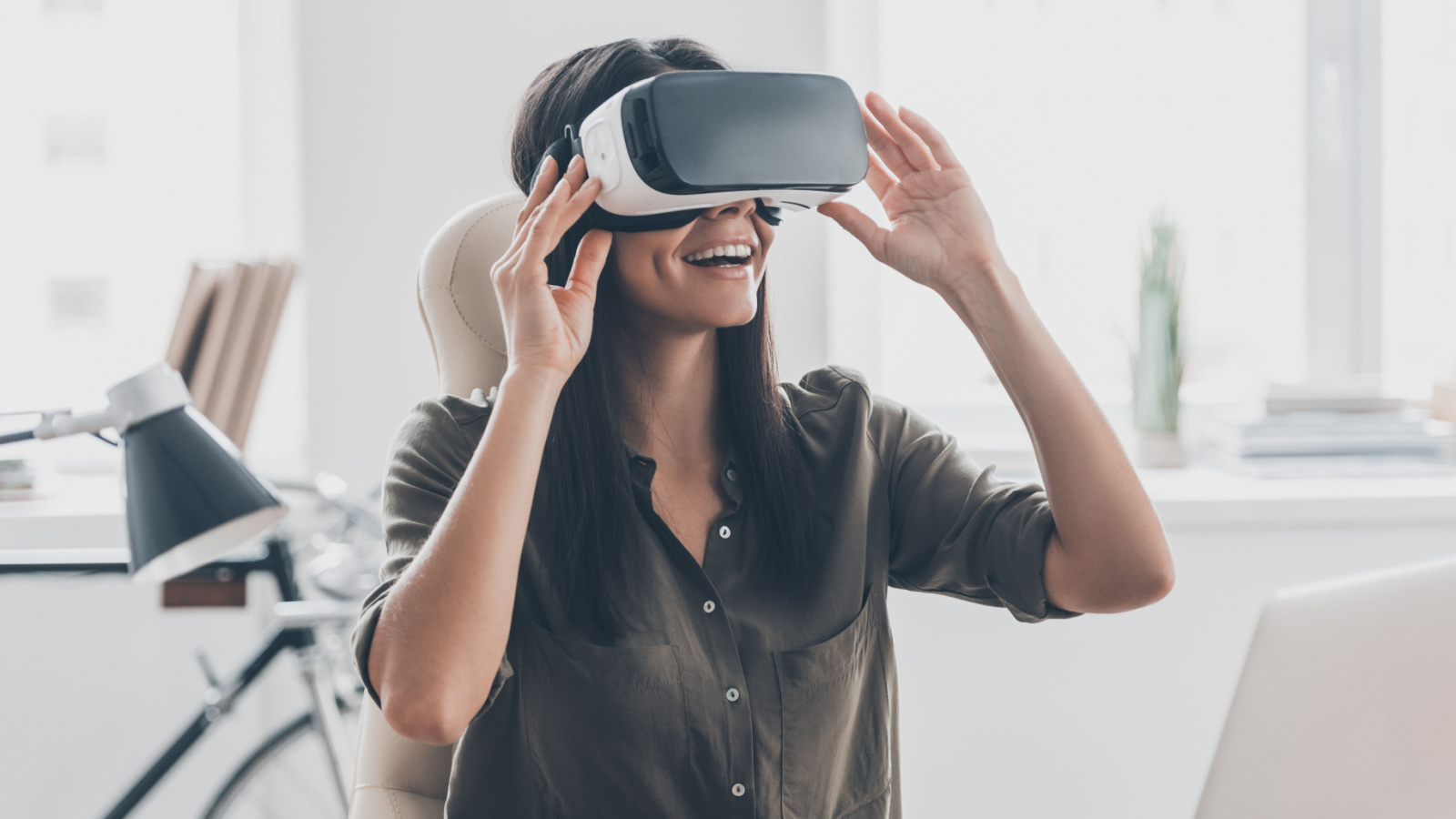
While rudimentary forms of VR existed, the immersive, high-quality virtual reality experiences available today were not achievable. VR technology has opened new frontiers in gaming, education, and simulation.
Augmented Reality (AR)
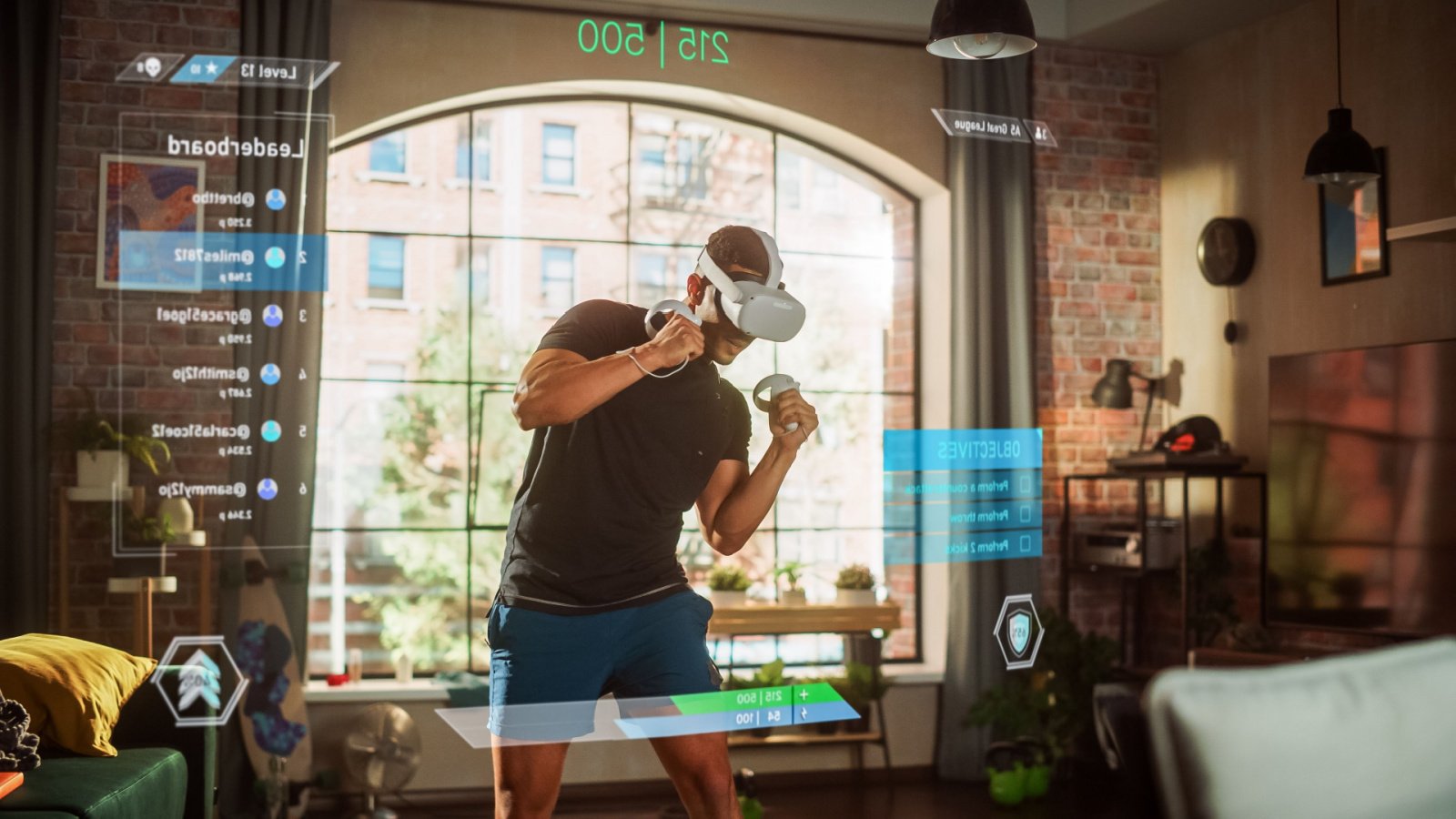
Augmented reality, which superimposes digital information onto the real world, was not in consumers’ hands. AR has since found applications in gaming, navigation, and even retail, enhancing our interaction with the physical world through digital overlays.








